It is clear that wireless charging is a trend. We have known this charging without the need to connect a cable to the connector from Apple since the introduction of the first Apple Watch in 2015 and from iPhone 8 and iPhone X in 2017. Now we also have MagSafe here. But it is still not what we would like.
We will not talk here about short and long distance wireless charging technologies, i.e. the technologies of the future, which we have imagined in detail in this article. Here we want to point out the fact of the limitation itself, which is connected with the use of Apple products.
It could be interest you
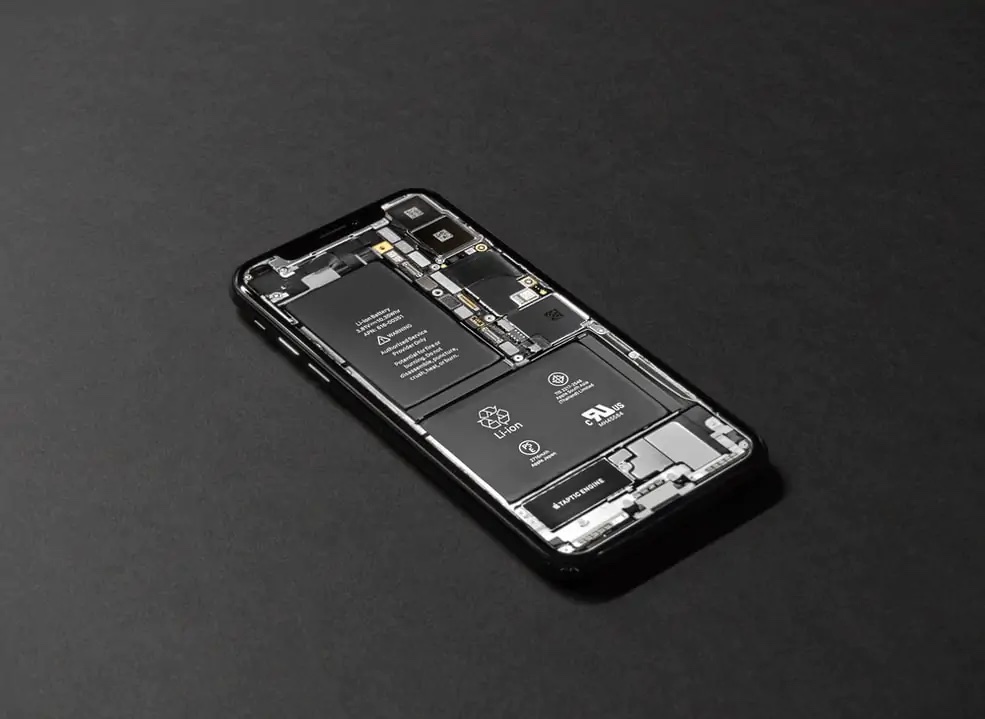
Apple Watch
The company's smartwatch was its first product to charge wirelessly. The problem here is that you need a special charging cable or docking station to do this. The Apple Watch does not have Qi technology, and probably never will. You can't charge them with regular Qi charging pads or MagSafe chargers, but only with the ones intended for them.
MagSafe would have considerable potential in this regard, but the company's technology is unnecessarily large. It is easy to hide in iPhones, the company has also implemented it to some extent in charging cases for AirPods, but even the Apple Watch Series 7 did not come with MagSafe support. And it's a shame. So you still have to use standardized cables, when just one is simply not enough to charge them, AirPods and iPhone. Needless to say, smartwatches from competing companies have no problems with Qi.
iPhone
Qi is a standard for wireless charging using electrical induction developed by the Wireless Power Consortium and used by all smartphone manufacturers worldwide. Even though Apple then presented us with how we live in a wireless age, it still limits this technology to a certain extent. With its help, you can still charge your iPhones with a power of only 7,5 W, but other manufacturers provide several times more.
It wasn't until 2020 that we got the company's own standard, MagSafe, which provides a bit more – twice as much, to be exact. With MagSafe chargers, we can charge the iPhone wirelessly at 15 W. However, this charging is still really slow compared to the competition. Its advantage, however, is additional use with the help of included magnets, when you can attach other accessories to the back of the iPhone.
It could be interest you

It is then necessary to distinguish MagSafe used in iPhones and in MagBooks. In them, Apple introduced it back in 2016. It was, and is still being discussed in the case of the new MacBook Pro 2021, a connector, whereas iPhones only have a Lightning connector.
iPad
No, the iPad does not support wireless charging. In terms of speeds/power, it no longer makes much sense in the case of Qi, as the juice would take a disproportionately long time to push into the iPad in this case. However, since Apple only bundles a 20W adapter with the Pro models, charging with the help of MagSafe might not be so limiting. This also takes into account the use of magnets, which would ideally position the charger, thereby ensuring a smooth transfer of energy. Of course Qi can't do that.
The joke is that MagSafe is an Apple technology that it can always improve. With the new generation, it can come with higher performance, and thus ideal use with iPads. The question is not even if, but rather when it will happen.
It could be interest you
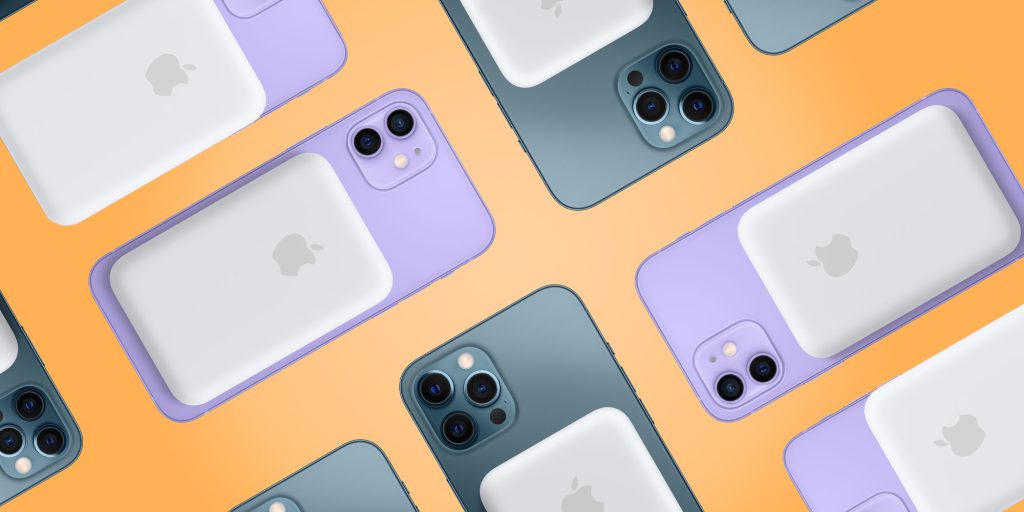
Reverse charging
For Apple products, we are slowly waiting for reverse charging as salvation. With this technology, all you have to do is place your AirPods or Apple Watch on the back of the device and charging will begin immediately. It would actually make sense for the large batteries of iPhones with the Pro Max moniker or iPad Pros, as well as for example MacBooks. All with MagSafe in mind, of course. Maybe we will see it in the second generation, but maybe never, because society is senselessly resisting this technology. And here too, the competition is miles ahead in this regard.

 Adam Kos
Adam Kos 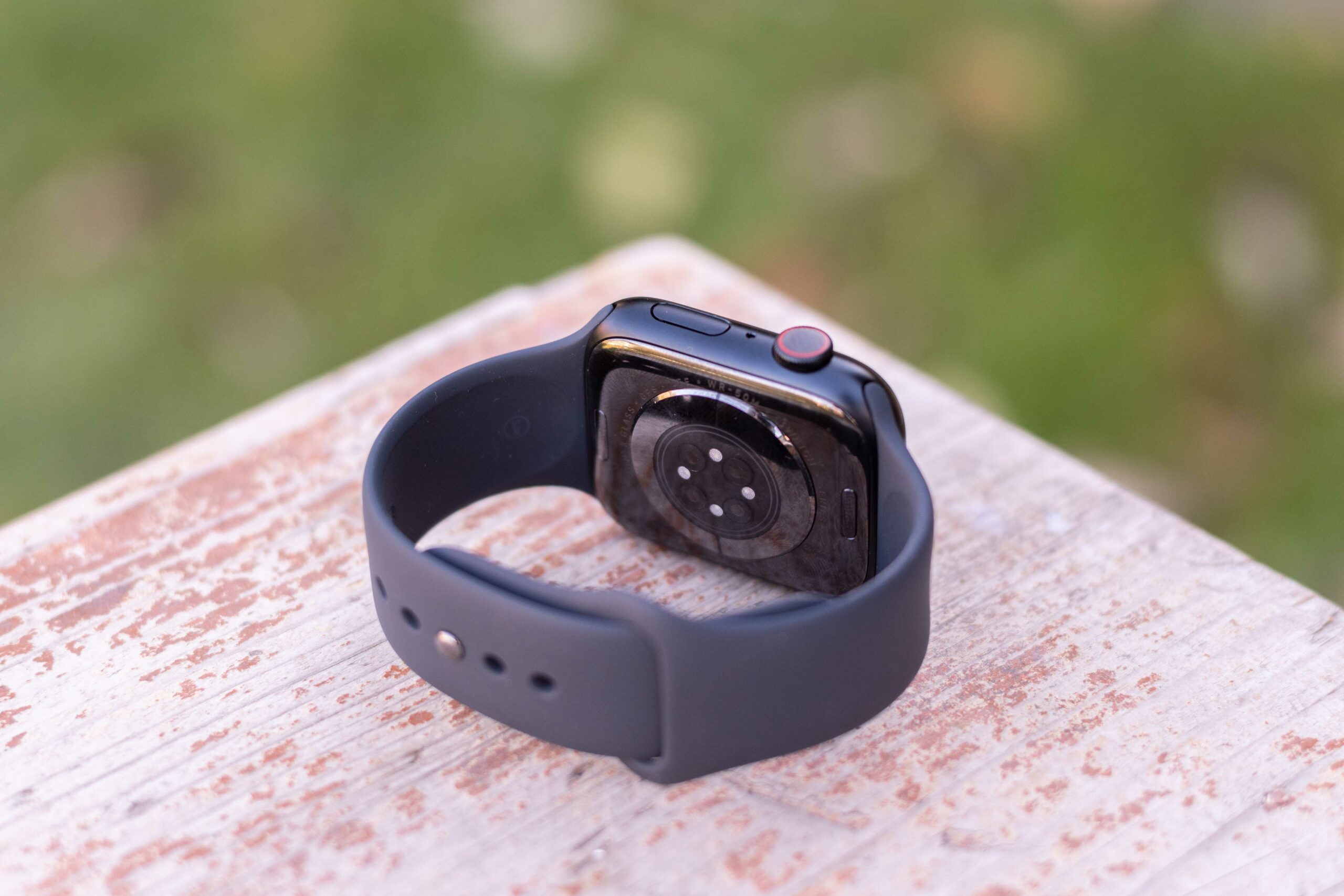
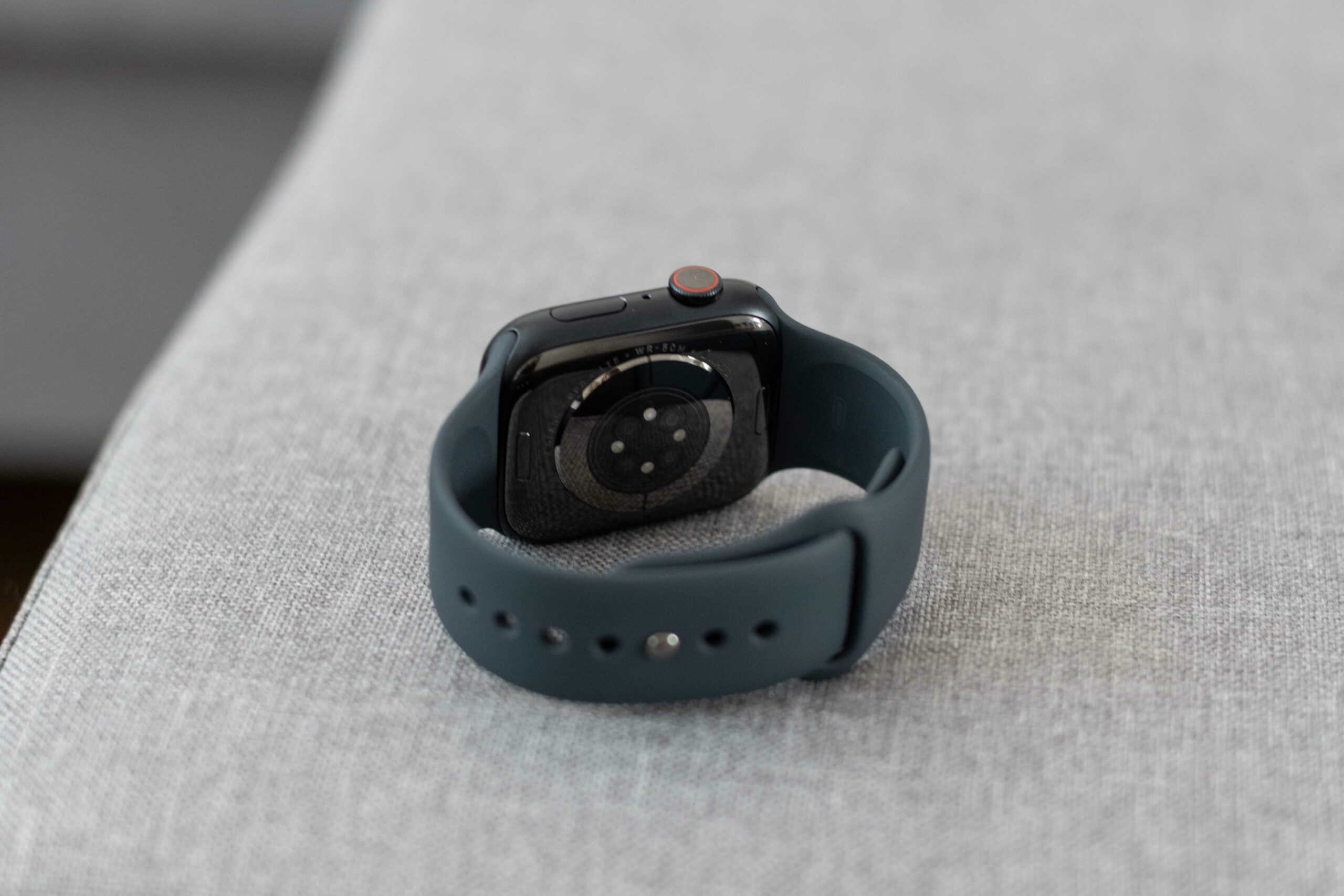
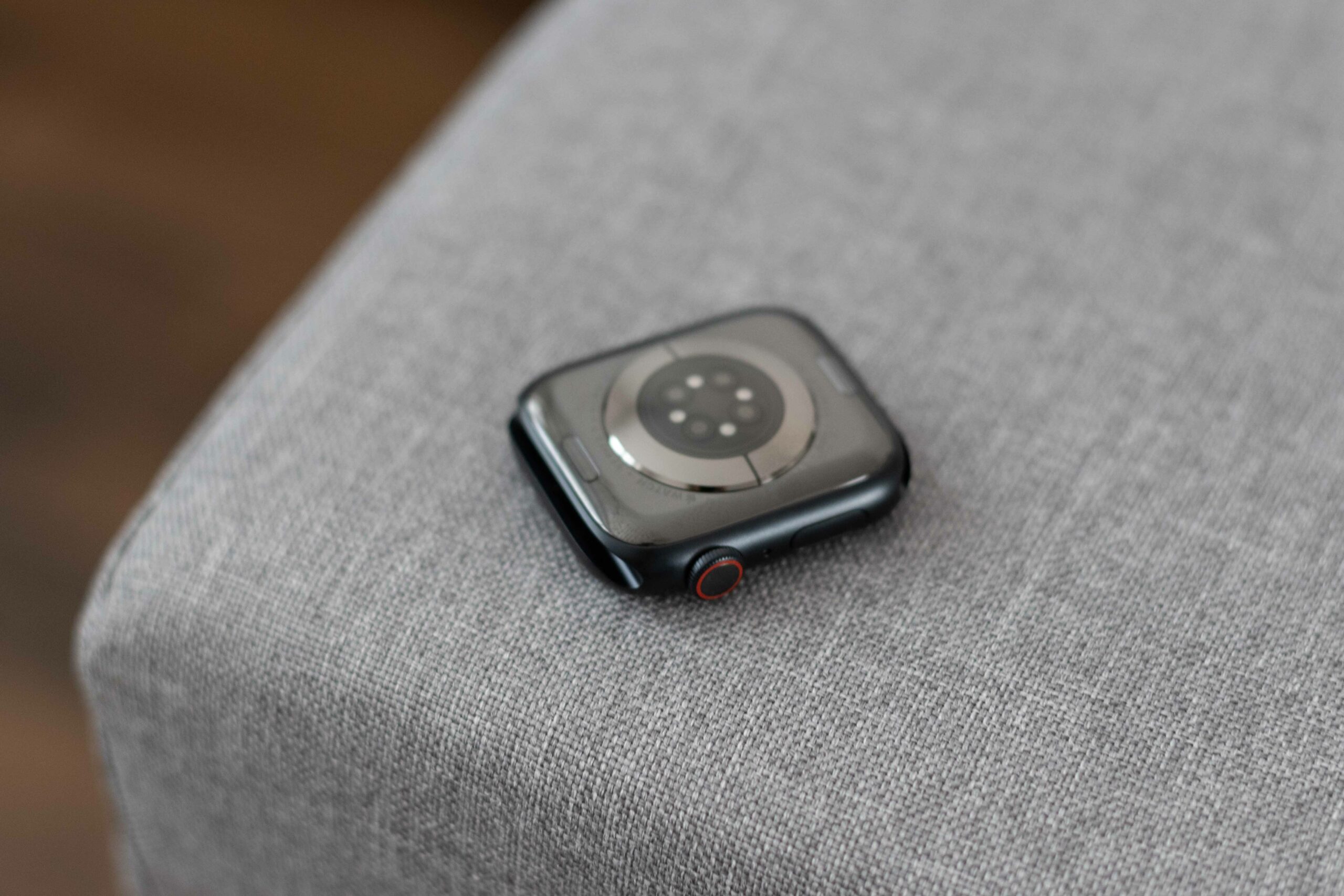

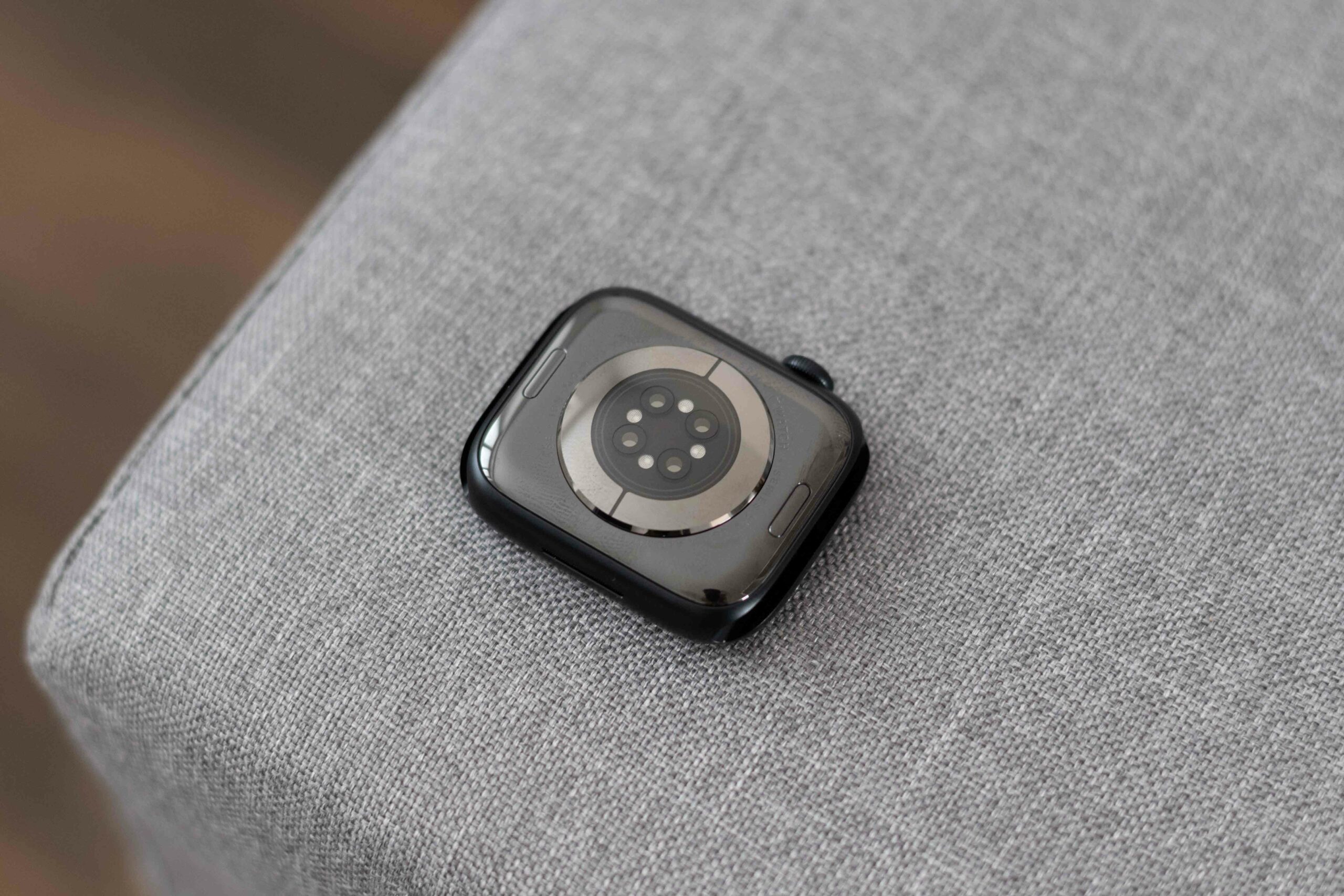
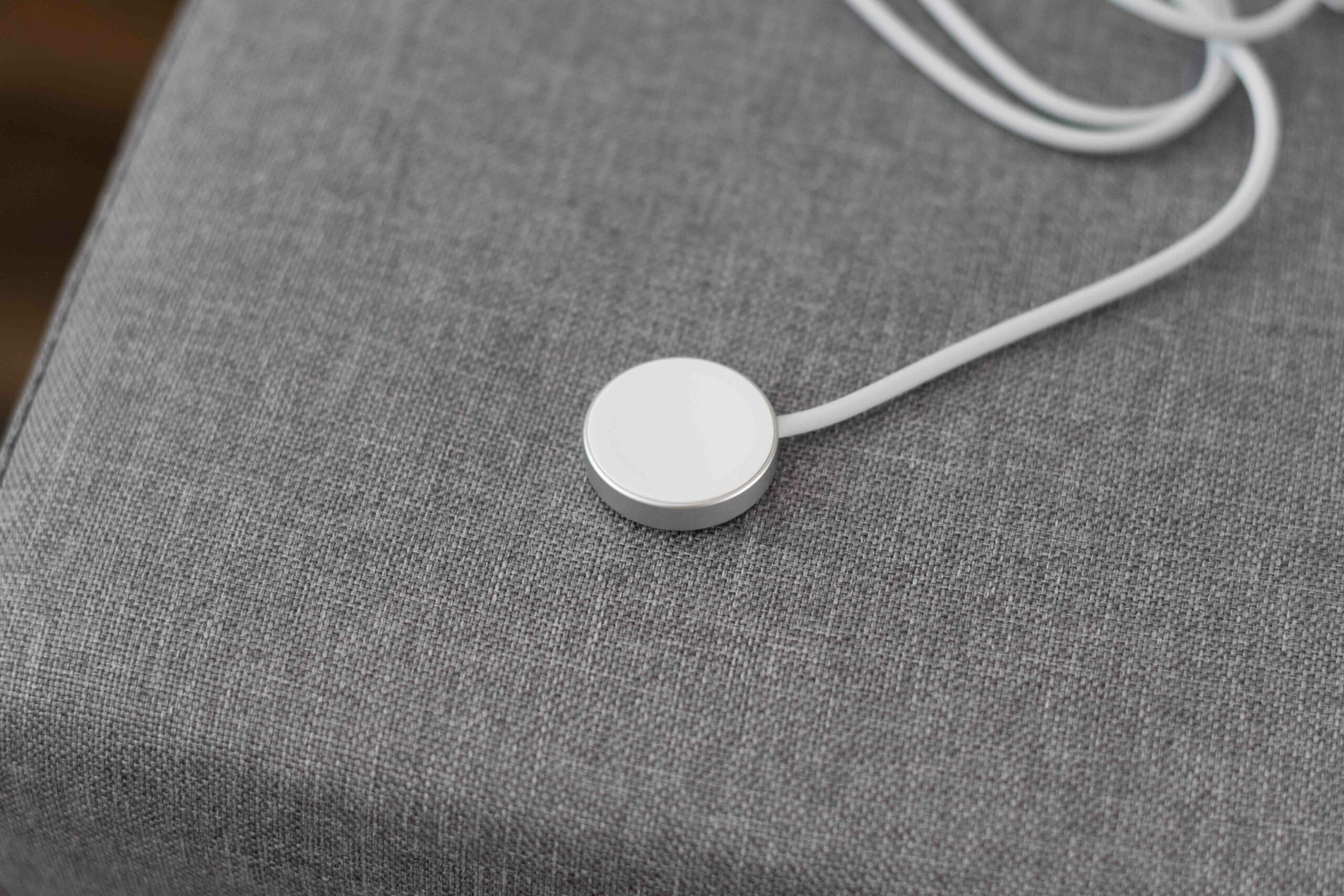
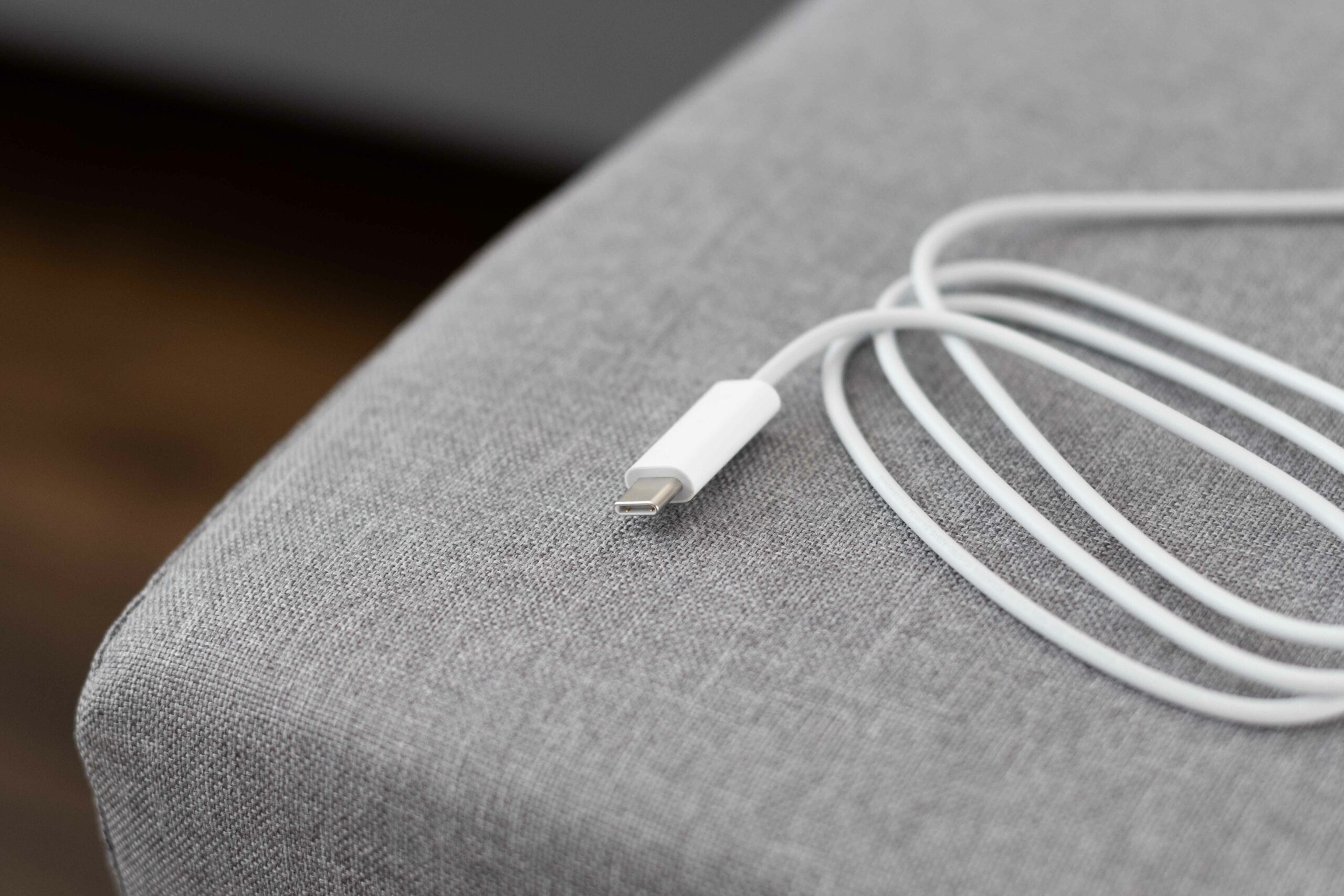
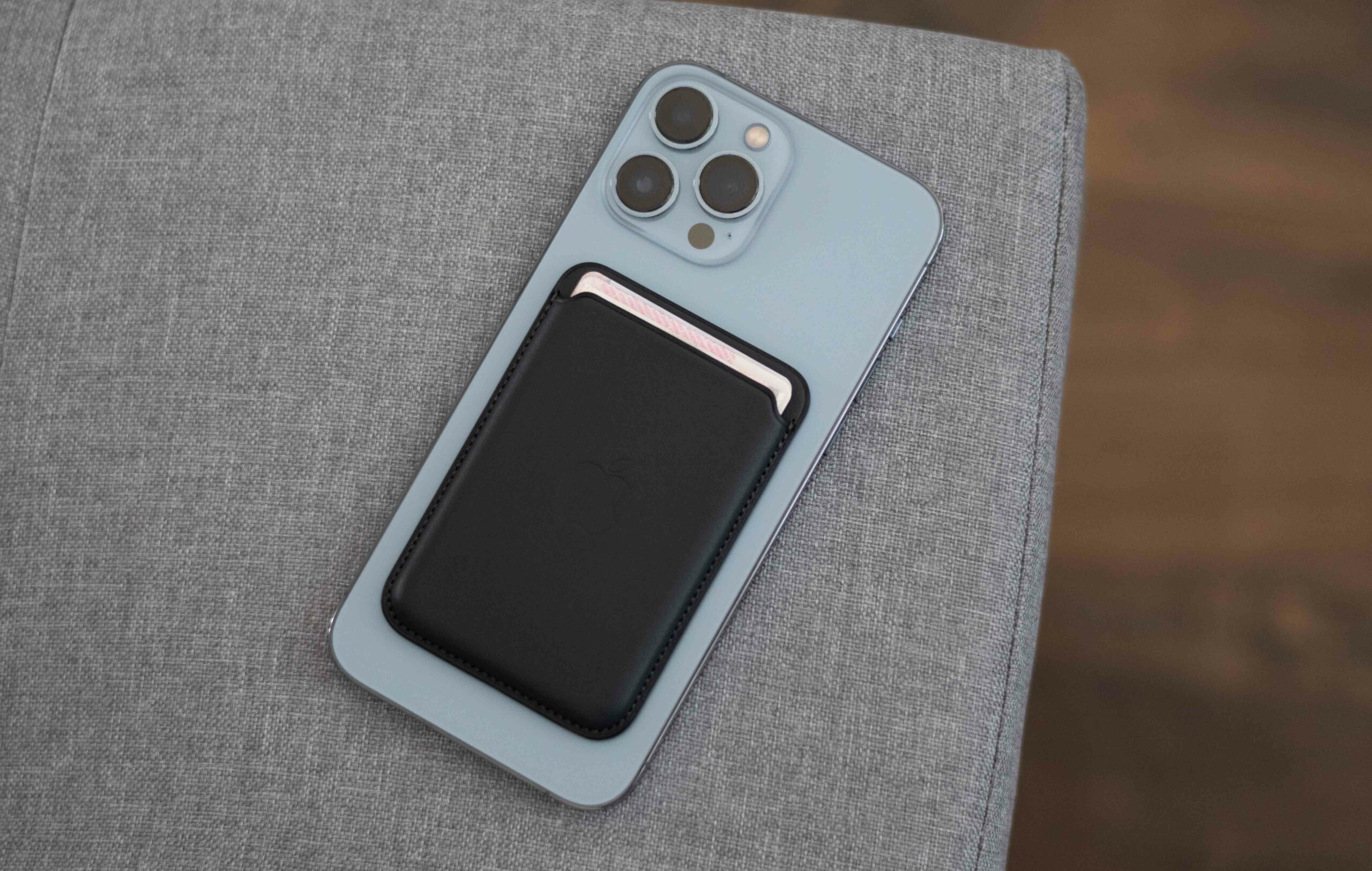
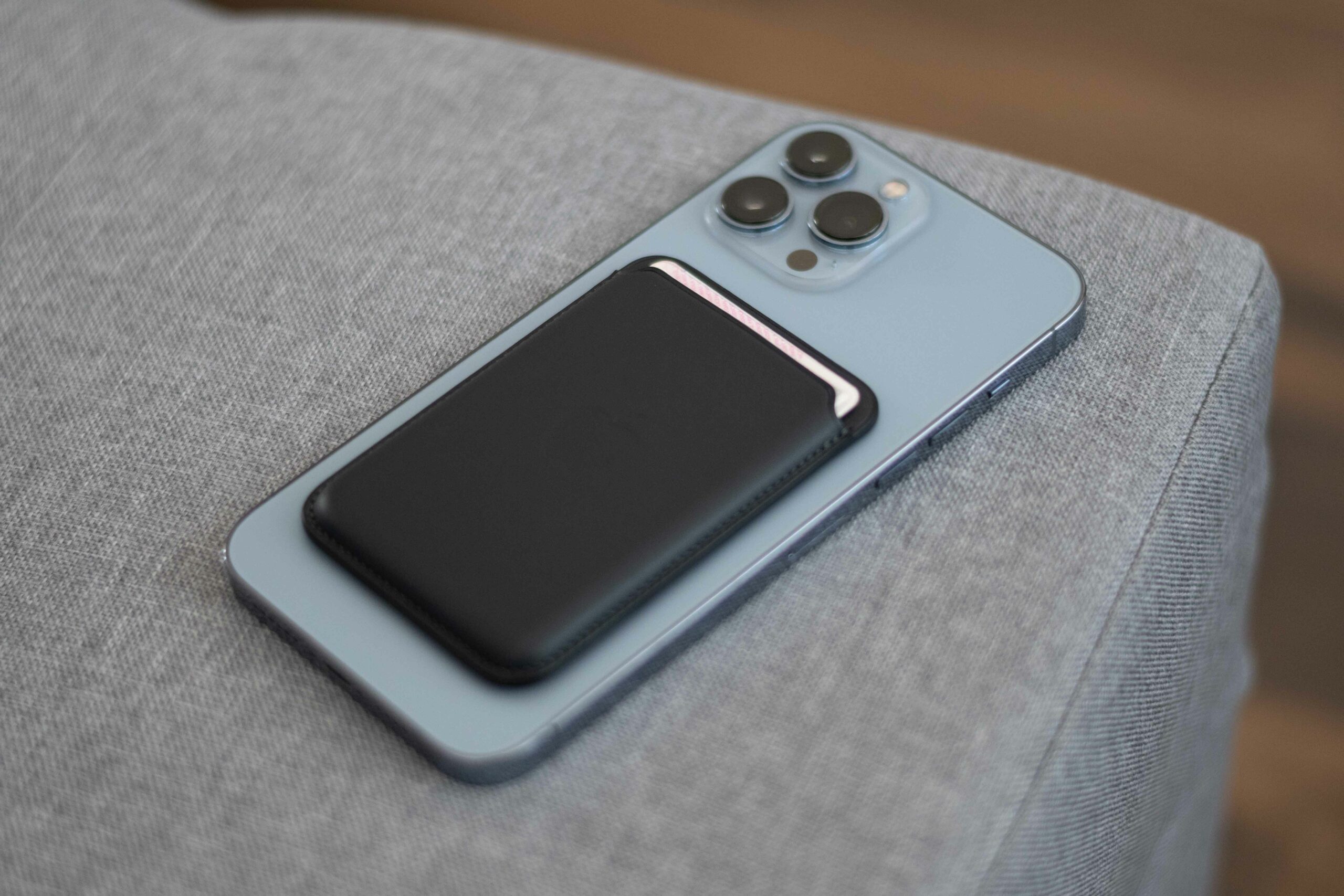

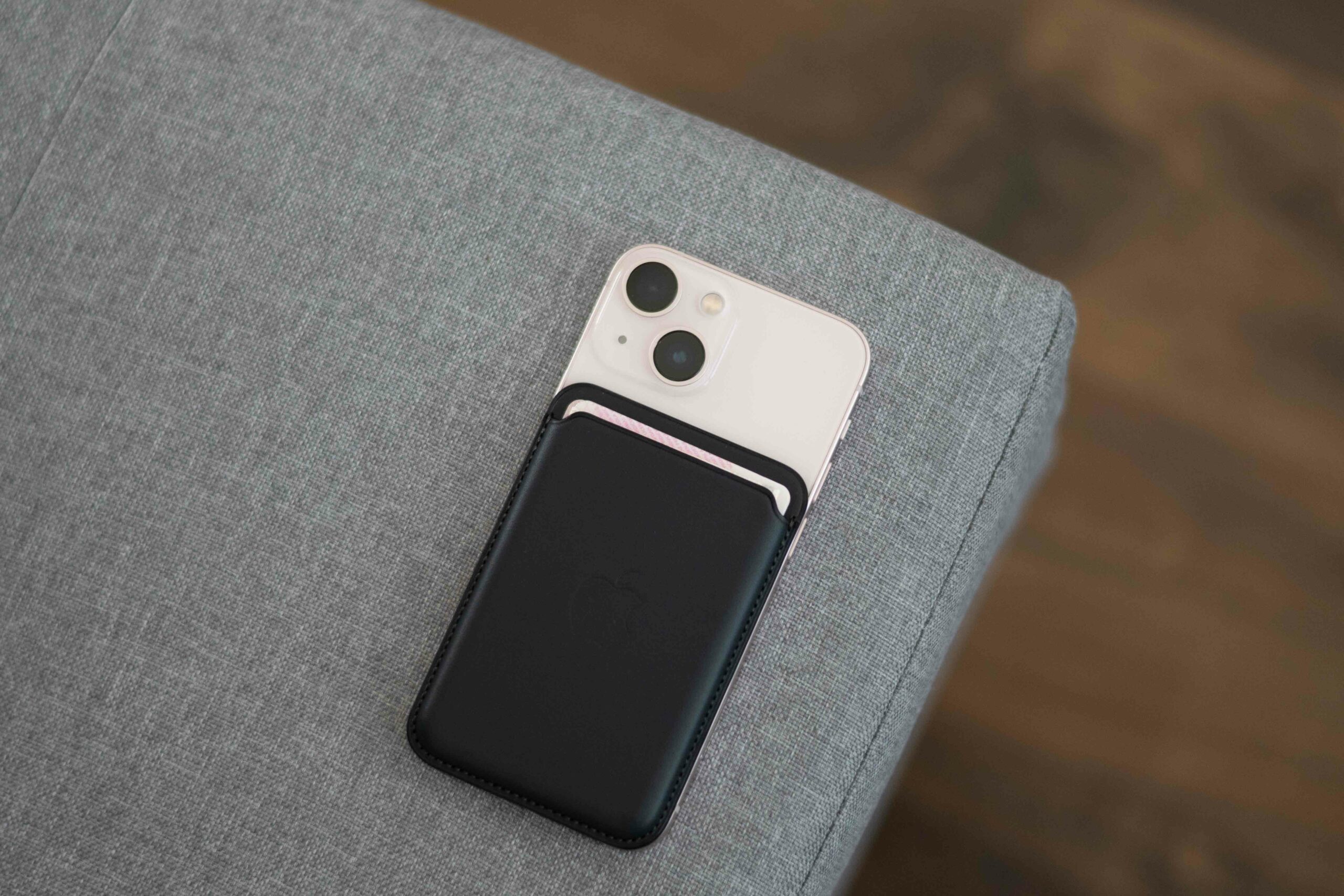

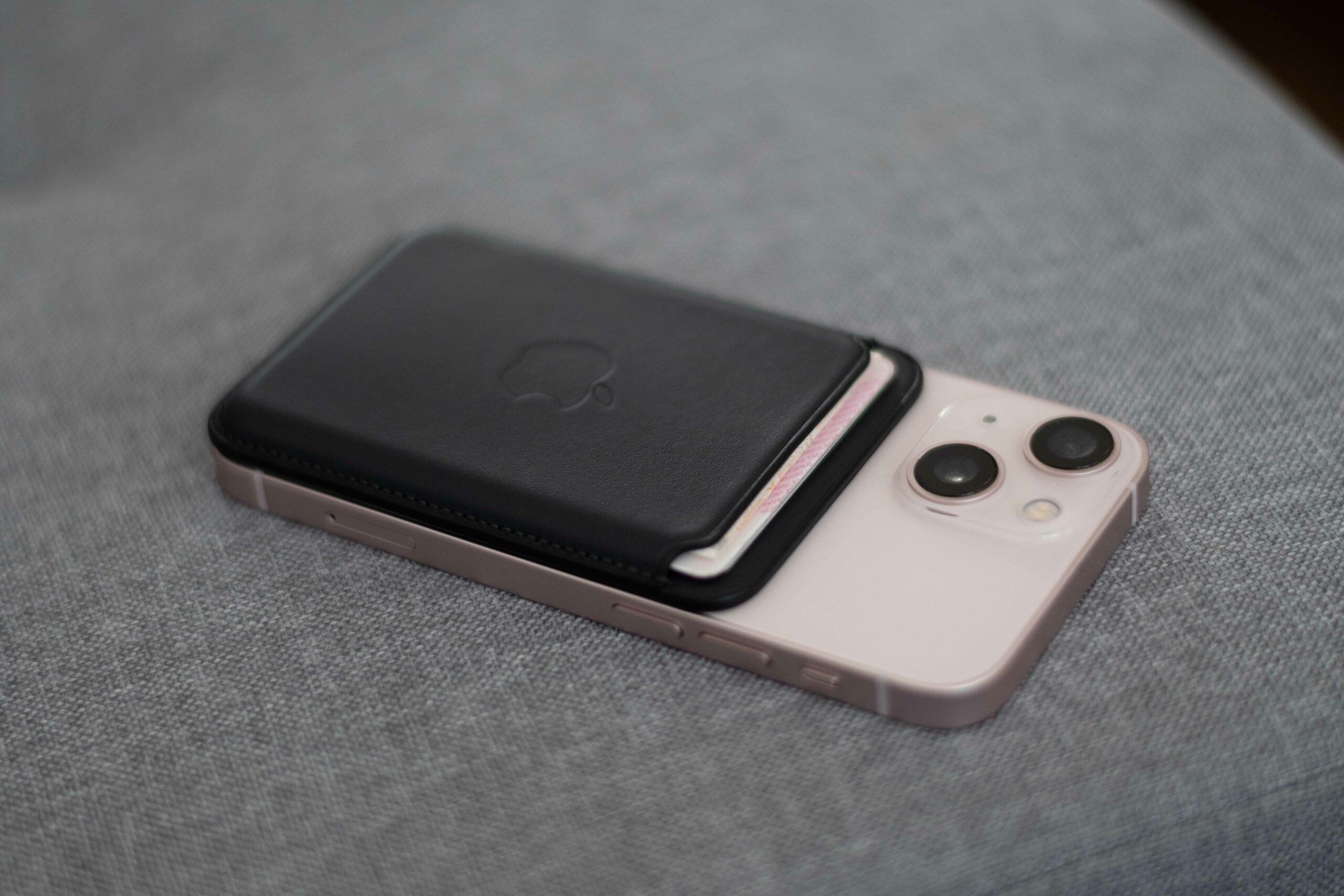
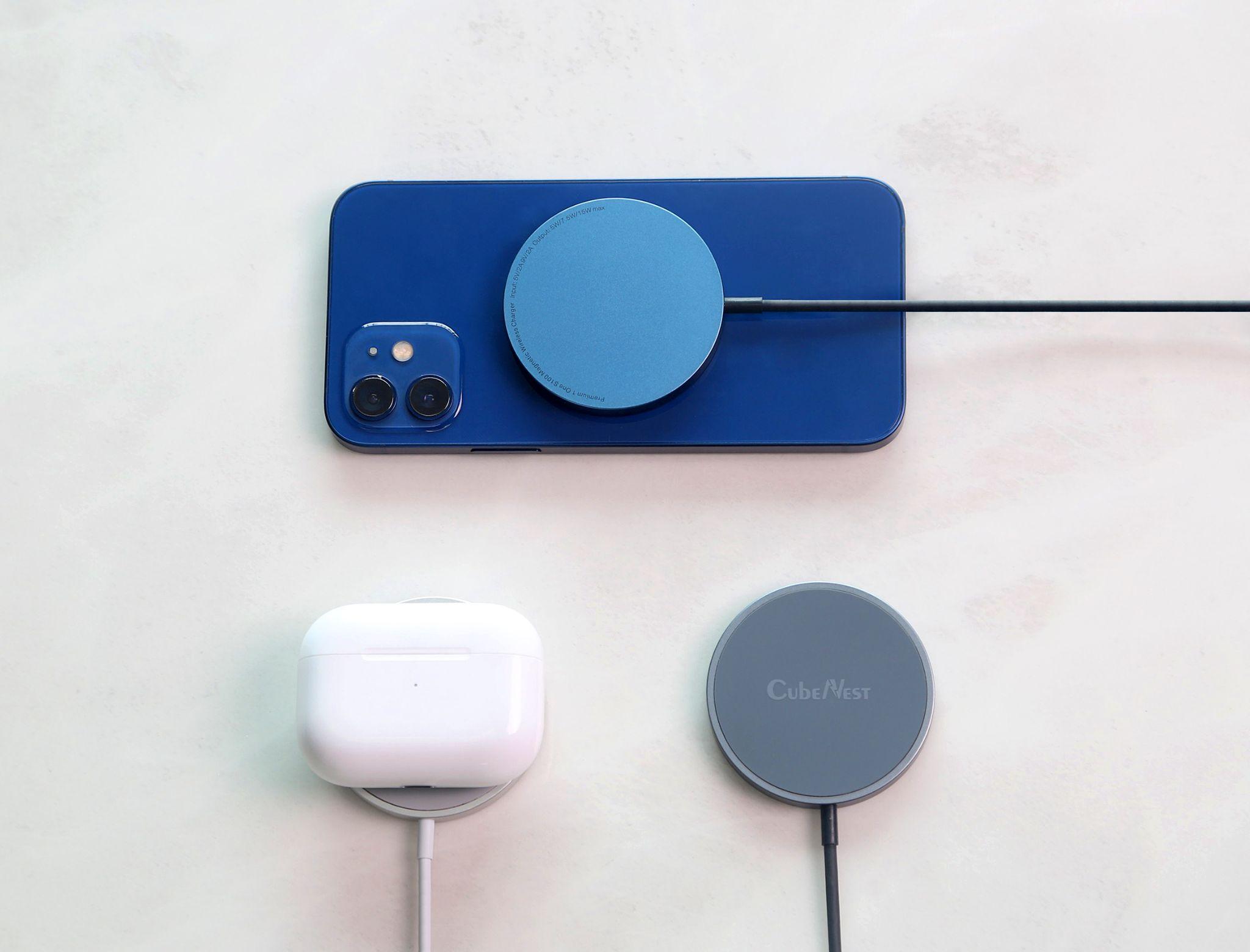
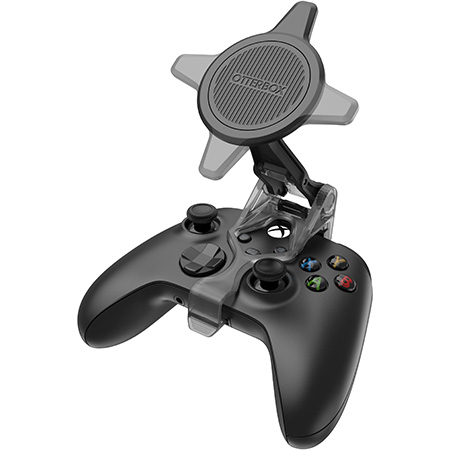

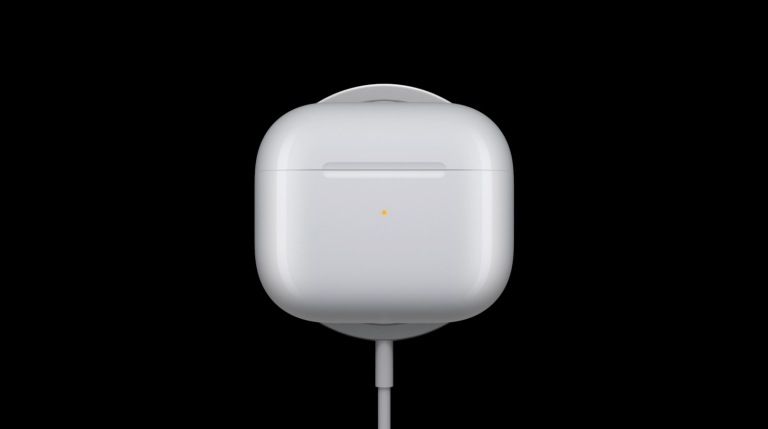
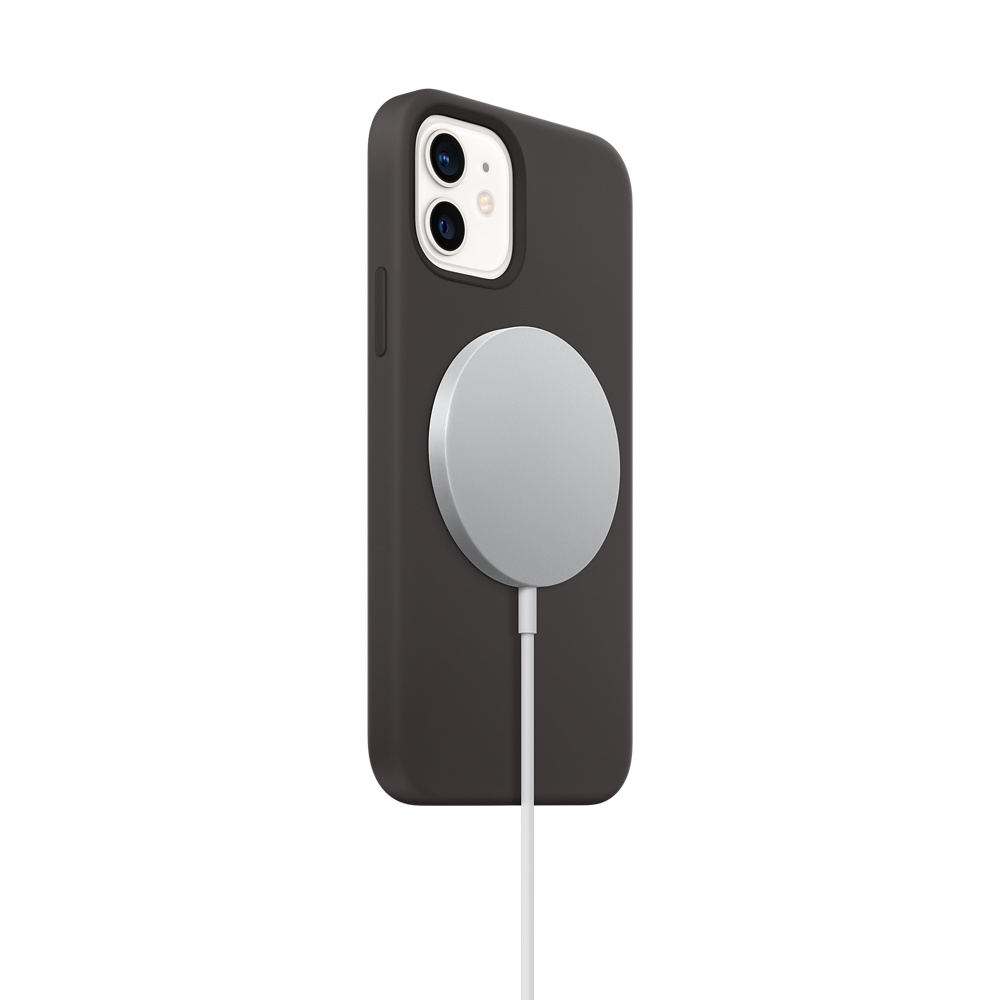
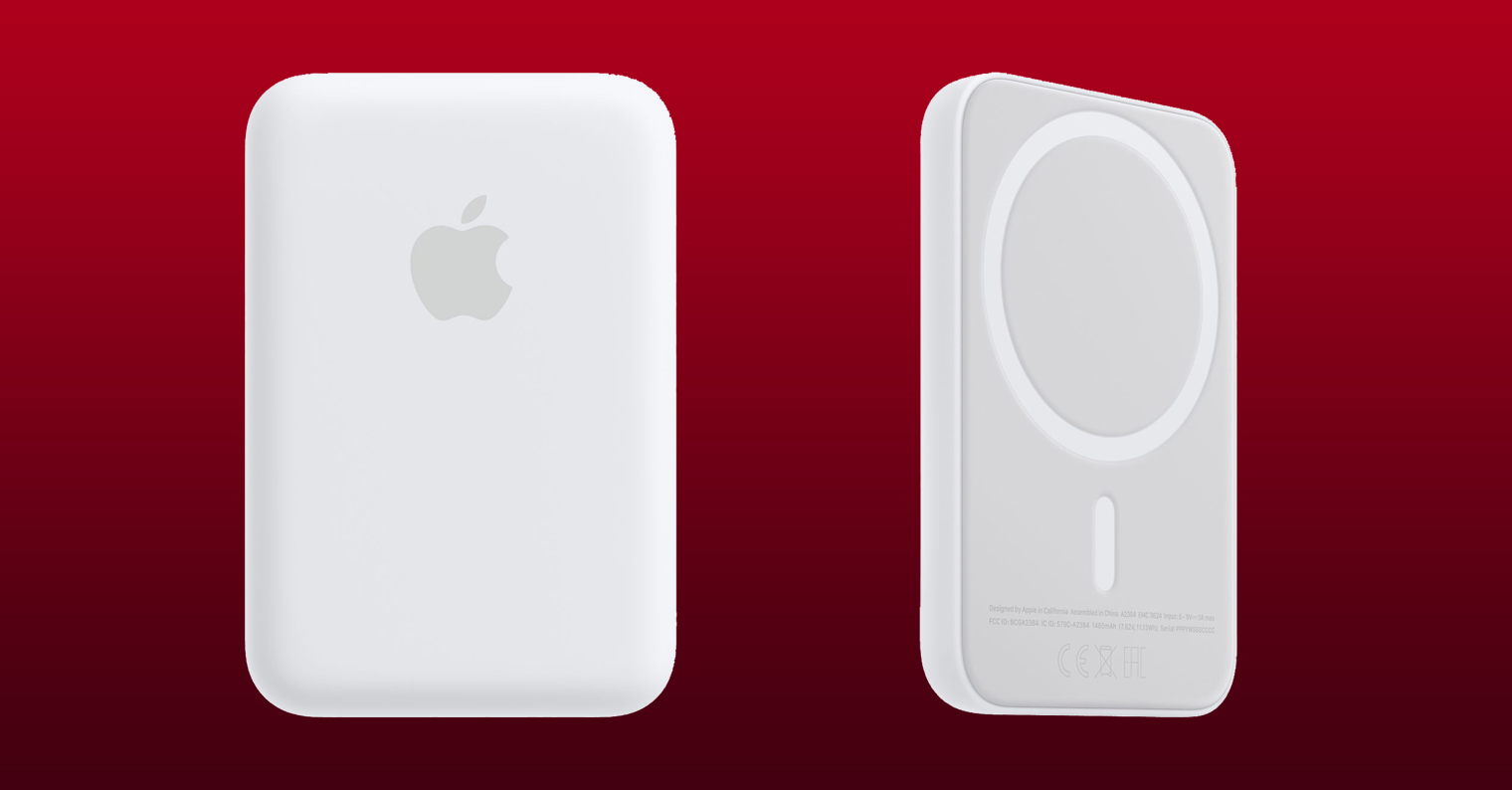
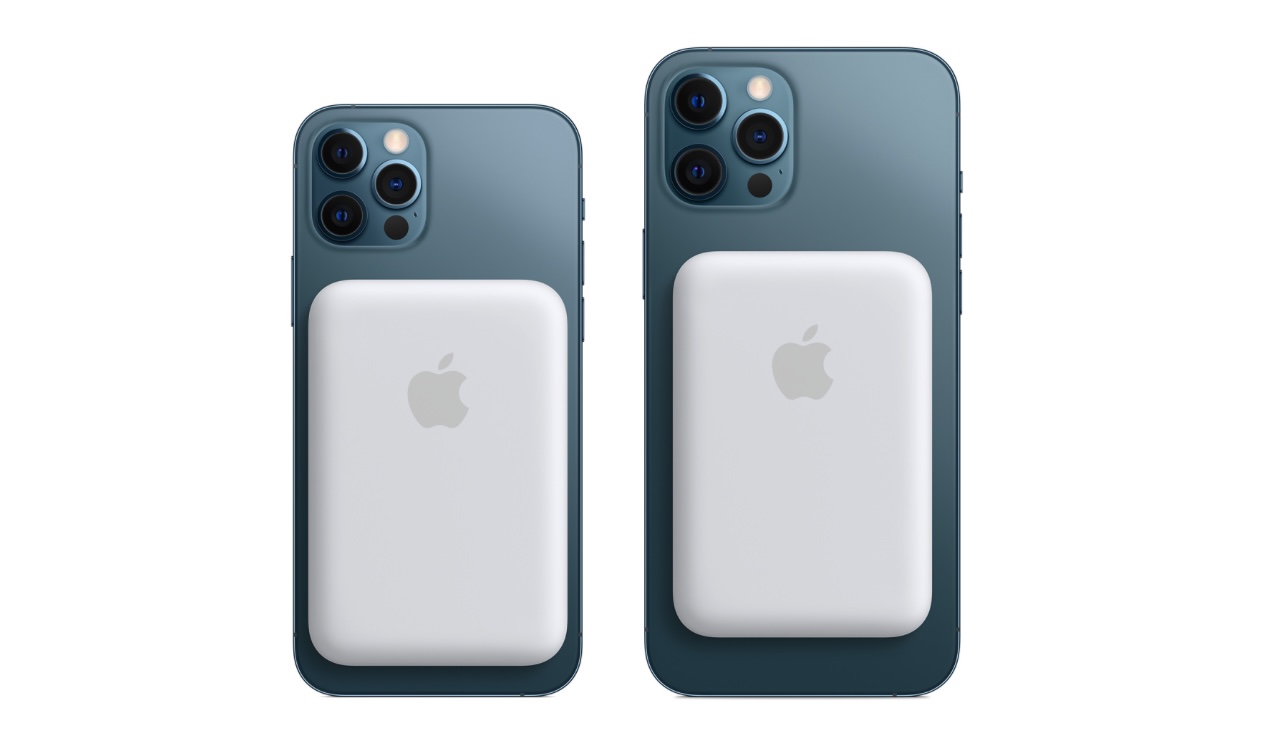

Hello, I would like to add/ask if anyone has experience with qi charging iPhone 13 in cars? I have a qi charger that can only open the Wallet, but it does not charge the phone...
Hello, I recharge normally in Octavia 4.